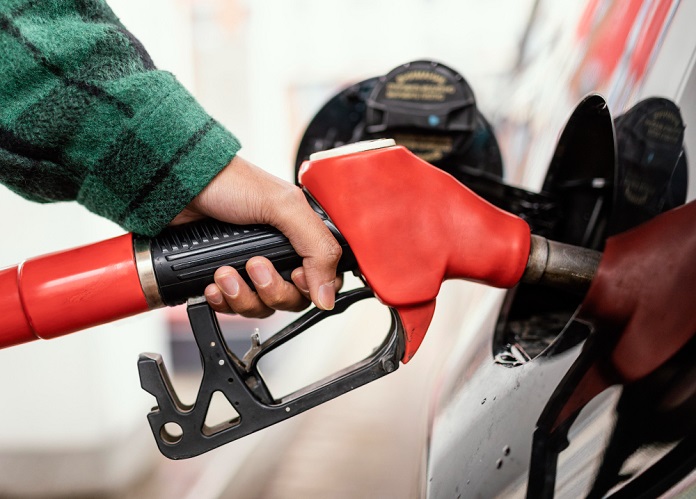Gas prices are declining across the U.S., providing some relief to drivers who are paying less to fill their tanks. According to AAA, the national average for gas prices on Monday was around $3.44, down about 9 cents from a week ago, marking the largest one-week drop recorded by the motor club in 2024. This average is also more than 19 cents lower than a month ago and over 14 cents below the level seen this time last year.
Reasons for Falling Gas Prices
Industry analysts attribute the recent fall in gas prices to a combination of lackluster demand, strong supply, and relatively mild oil prices worldwide. Fewer people are hitting the road, with AAA spokesperson Andrew Gross noting that demand is “shallow” compared to pre-pandemic levels. Traditionally, demand would increase after Memorial Day, but this trend has not resumed post-pandemic. Data from the Energy Information Administration showed that U.S. gasoline demand slipped to about 8.94 billion barrels a day last week, compared to closer to 10 billion barrels a day before the pandemic.
High gas prices following Russia’s invasion of Ukraine in 2022 and persistent inflation may have led Americans to modify their driving habits. The increase in fuel-efficient cars and electric vehicles also contributes to the reduced demand.
Seasonal Factors and Refinery Capacity
Patrick De Haan, head of petroleum analysis at GasBuddy, noted that gas prices typically ease in early summer due to refinery capacity. Refinery maintenance, which boosts prices in late winter and early spring, is no longer a factor, leading to increased output and stronger supply. U.S. refinery utilization is at some of its highest levels since the pandemic, contributing to the decline in prices.
The Biden administration announced last month that it would release 1 million gasoline barrels, or about 42 million gallons, from a Northeast reserve to lower prices at the pump this summer. However, De Haan noted that this action has little national impact, as 42 million gallons equals less than three hours of U.S. daily gas consumption.
Oil Prices Impact
Cooling oil costs also contribute to falling gas prices. West Texas Intermediate crude, the U.S. benchmark, has stayed in the mid $70s per barrel in recent weeks, closing at under $78 a barrel on Monday. Crude oil prices typically need to go above $80 to put more pressure on pump prices. Global forces, such as OPEC+ production cuts, can affect oil prices, but recent announcements from OPEC+ have not significantly increased prices.
Future Gas Prices
Barring major unexpected interruptions, analysts expect gas prices to continue declining. Experts monitor hurricane risks, which can cause refineries to reduce operations out of caution, affecting prices. However, De Haan predicts the national average to stay between $3.35 to $3.70 per gallon this summer, with potential drops below $3 in late October or early November.
State Gas Price Variations
While gas prices are falling nationwide, some states have consistently lower averages due to factors like nearby refinery supply and local fuel requirements. As of Monday, Mississippi had the lowest average gas price at about $2.94 per gallon, followed by Oklahoma at $2.95 and Arkansas at just under $2.97. Meanwhile, California, Hawaii, and Washington had the highest average prices at about $4.93, $4.75, and $4.41 per gallon, respectively.
Featured Image – Freepik









